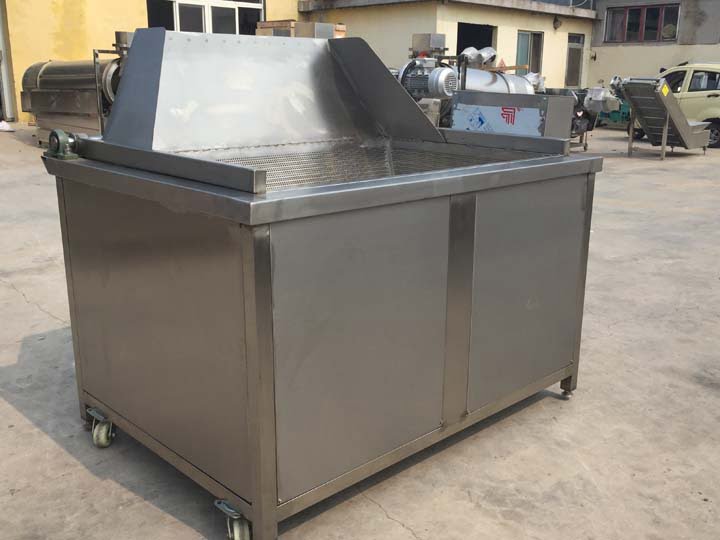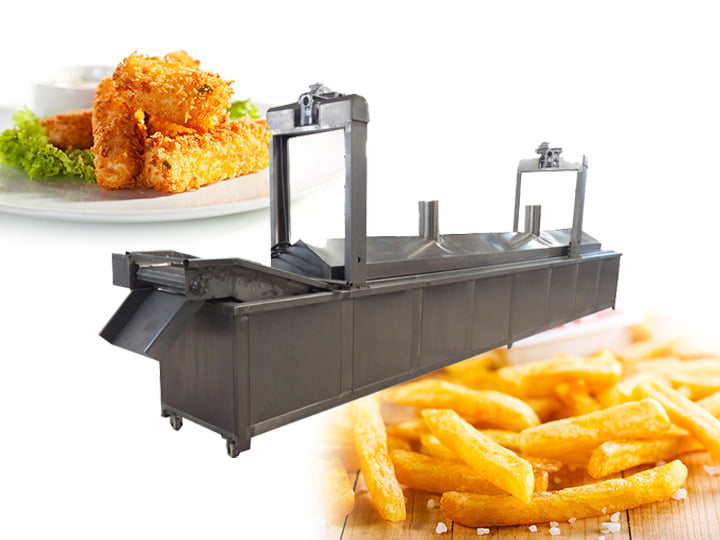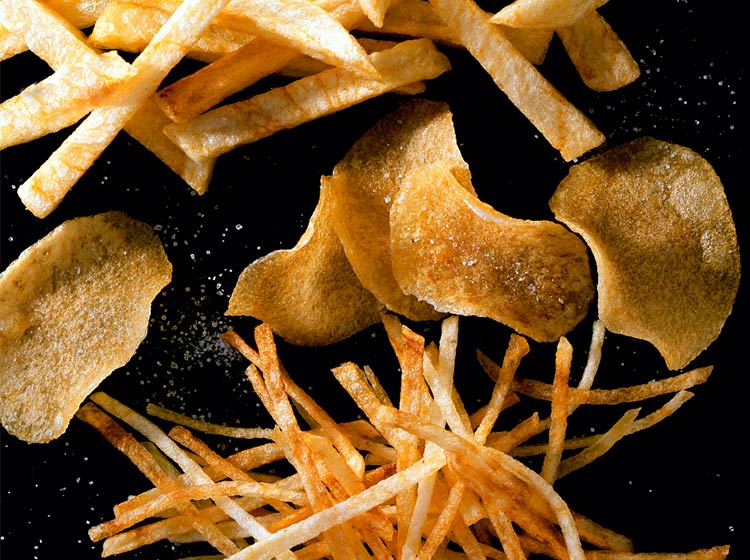It is a consensus that fried foods are not very healthy, but the crispy and fragrant taste of fried foods is unstoppable. So how should we treat fried food? In fact, the health of fried food has a lot to do with its processing method. Whether you are making fried food at home or using a food fryer to produce fried food in large quantities, you must master certain skills.
basic elements for making healthy fried food
To make healthy fried food, we must pay attention to the following basic skills, namely: 1. Choose high-quality cooking oil; 2. Control the oil temperature; 3. Battering; 4. Remove oil residue; 5. Pay attention to the food match

1. Choose high-quality oil
First of all, to make healthy fried foods, you should choose a relatively high-purity oil. The fewer impurities in the oil, the more stable it is at high temperatures, and the less likely it is to generate harmful substances.
The oil of the same kind, the lighter the color, and the higher the transparency, the higher the purity. Generally speaking, as long as the frying time is not long, the oil used for normal frying can be used for frying.
However, if the frying time is longer, you should choose oils with higher saturation, such as animal oil or palm oil. Because these oils are more stable at high temperatures and produce less harmful substances.
2. Control the oil temperature
When making fried food, whether you use an ordinary wok or a commercial fryer, you must control the frying temperature. If the temperature of the oil is too high, it will burn the food on the outside but not cooked on the inside.

If the oil temperature is too low, it will prolong the frying time, allowing the food to absorb more oil, and it is easy to de-baste (the paste on the outside will fall off) or stick to the pan. Therefore, the frying temperature is preferably 50% to 60% hot, about 140~180 degrees Celsius.
3. Battering the food before frying
Before frying, batter the ingredients. When the aleurone is heated, it will immediately condense into a protective layer, so that the raw material does not directly contact the high-temperature oil.
Doing so can maintain the moisture and flavor in the raw materials, reduce the loss of nutrients, and make fried foods more loose, tender, fragrant and crisp. When battered, the starch-based paste absorbs less oil than the flour-based paste, and the fried dishes are crisper.

